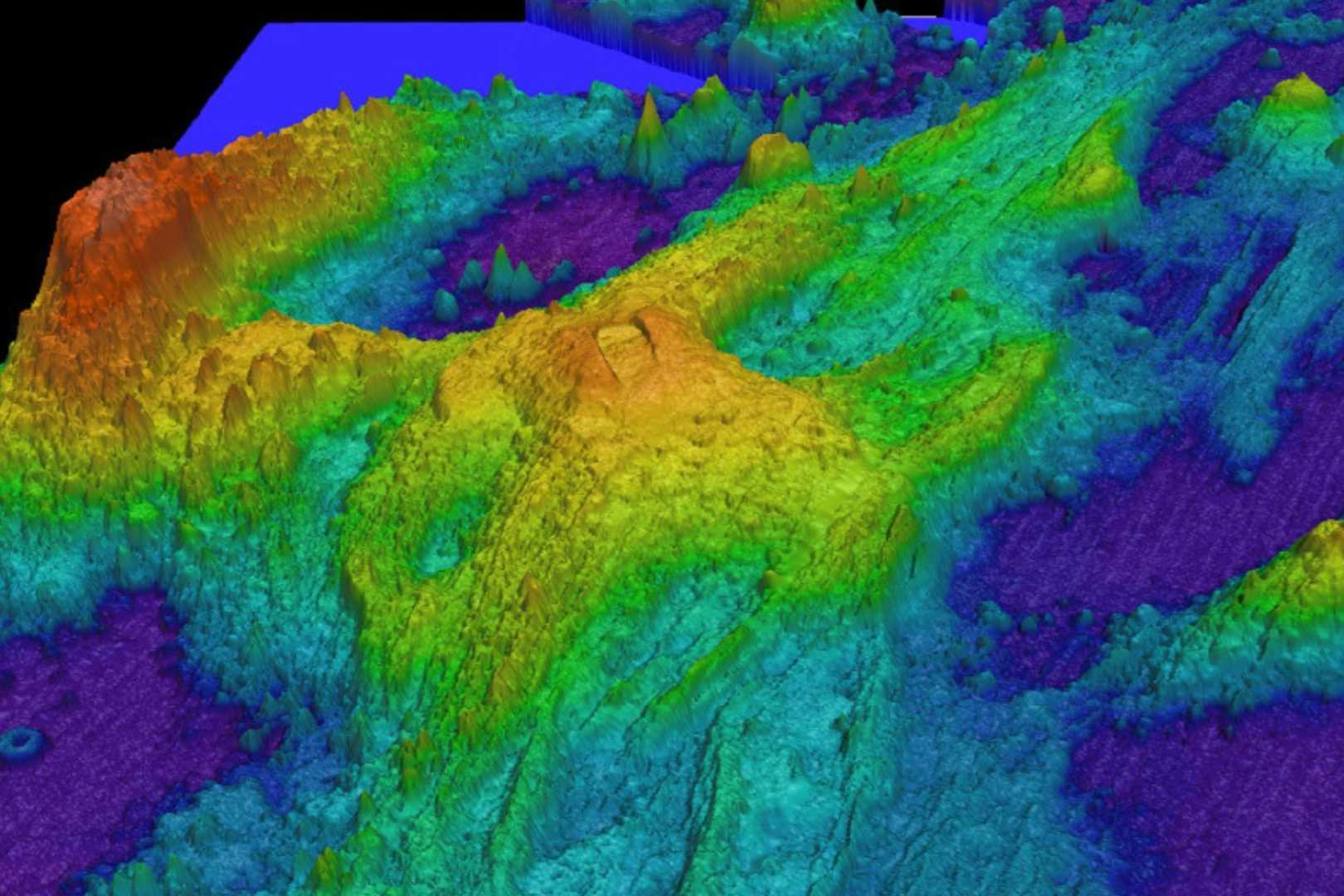News
Scientists Warn of Imminent Eruption at Axial Seamount Volcano

NEWPORT, Oregon — Scientists monitoring the Axial Seamount, an underwater volcano located 300 miles off the Oregon coast, have detected signs of a possible eruption in the near future. The volcano, which last erupted in 2015, has shown increased seismic activity and inflation of its seafloor, indicating that magma is moving toward the surface.
William Wilcock, a marine geophysicist at the University of Washington, noted that the number of daily earthquakes around Axial Seamount has surged in recent days, with reports of several hundred occurring daily. This uptick is similar to seismic patterns observed before past eruptions.
“At the moment, there are a couple hundred earthquakes a day, but that’s still a lot less than we saw before the previous eruption,” Wilcock said. “I would say it will erupt sometime later this year or early 2026, but it could be tomorrow, because it’s completely unpredictable,” he added.
The volcano has a history of erupting approximately every few years; past eruptions occurred in 1998, 2011, and 2015. The last eruption released lava flows that extended across the ocean floor, showcasing the volcano’s activity.
While the impending eruption is exciting for scientists, it poses no immediate danger to coastal residents. The National Science Foundation‘s Ocean Observatories Initiative confirmed that the volcano’s depth—more than 4,900 feet—means it is too far from shore to impact land.
<p“An eruption at Axial Seamount will not trigger significant seismic activity on land, nor will it result in a tsunami,” said Debbie Kelley, director of the Regional Cabled Array observatory. “It's not a very explosive event, so the residents of the Pacific Northwest should not be concerned about this volcano,” she added.
Scientists consider Axial Seamount one of the most monitored underwater volcanoes in the world, thanks to advanced tools that track seismic and thermal activity in real time. Wilcock said this monitoring allows researchers to gain insights into the geological processes that shape the planet’s crust.
The Axial Seamount is situated on the Juan de Fuca Ridge, where two tectonic plates are diverging, leading to magma buildup beneath the volcano. Kelly emphasized the importance of this region for understanding underwater volcanism, noting how eruptions can influence marine ecosystems.
<p“Life thrives in these inhospitable environments, and volcanoes are probably one of the major sources of life in our oceans,” Kelley said. Scientists eagerly await the next eruption, which will provide further opportunities for research and observation. The observatory is planning to broadcast the eruption live, allowing for unprecedented public viewing of such events.
In the meantime, researchers remain vigilant, continuously gathering data to refine their predictions about Axial’s eruptions and advance our understanding of volcanic activity.












